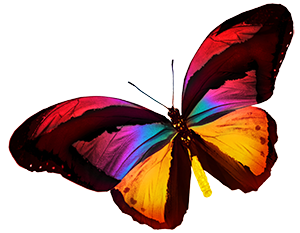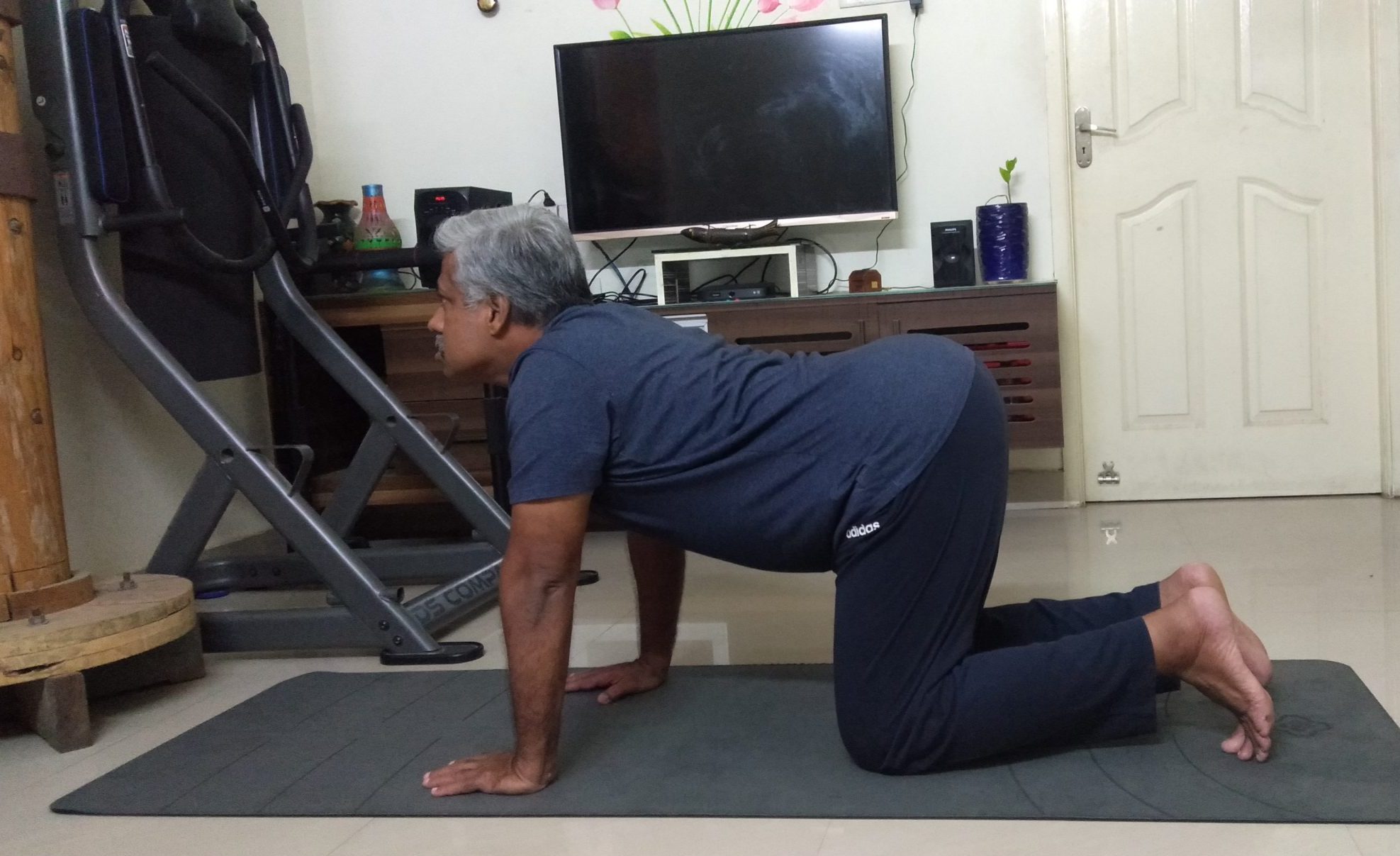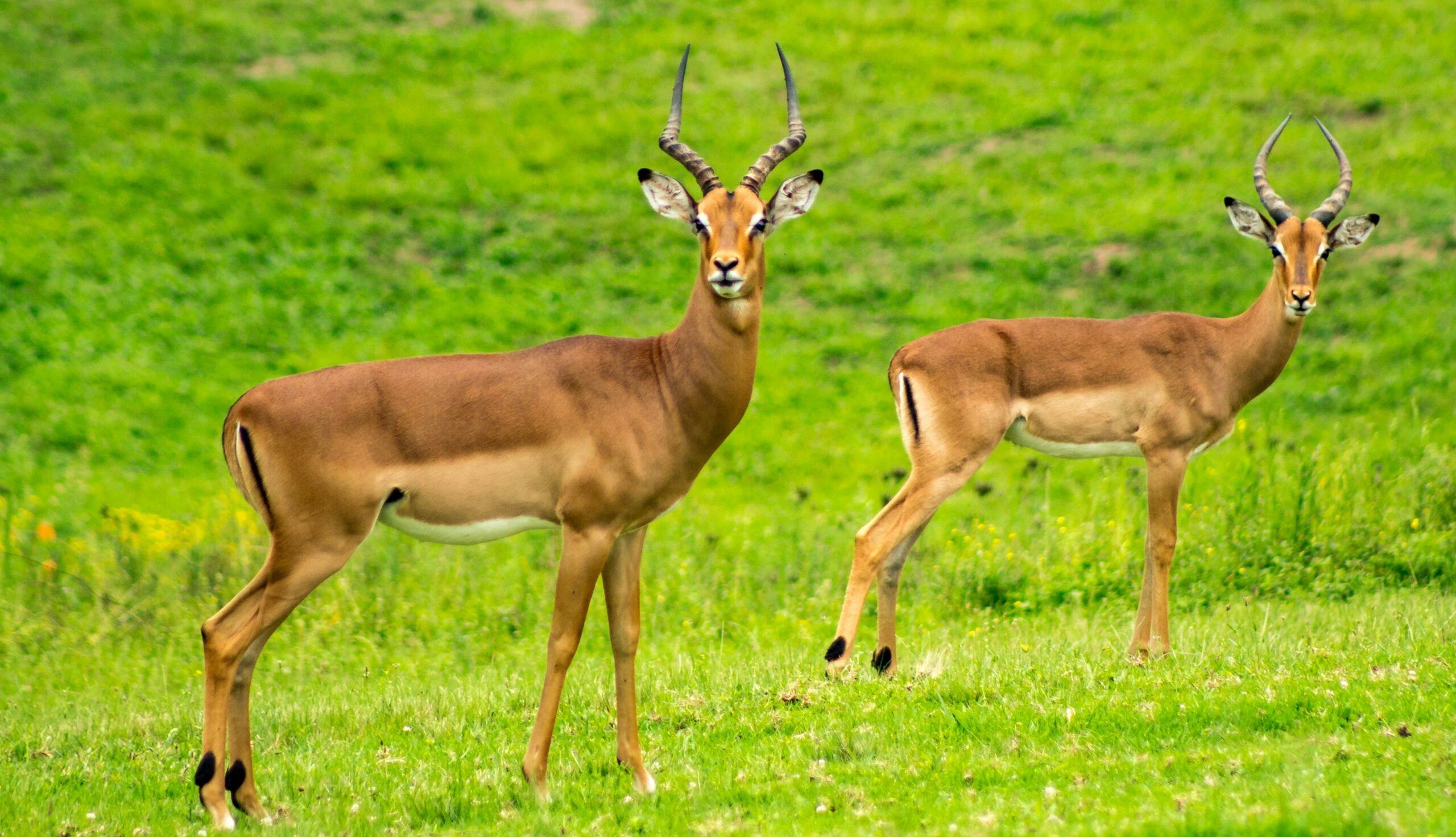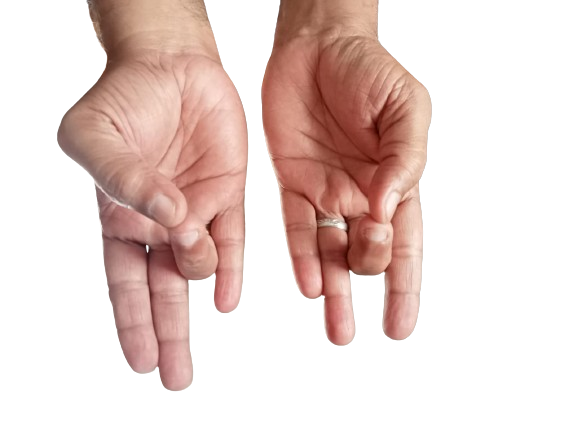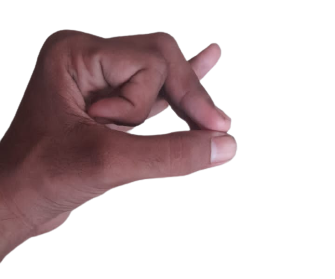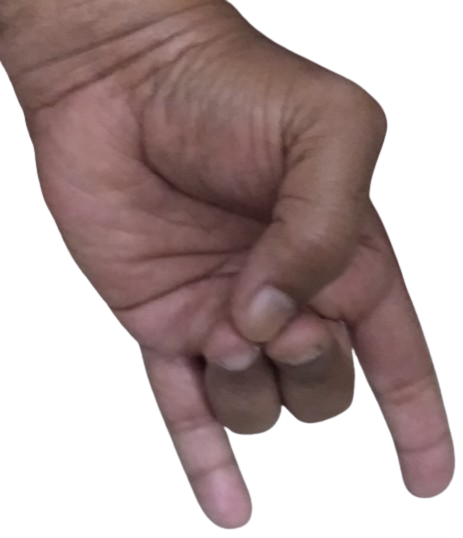Cow Pose is a counter pose to Cat Pose and also can be done as a sequence. ‘Bitila’ in Sanskrit means ‘cow’. The pose resembles the shape of a cow. Cat Cow Poses produce effective results when performed as a sequence. The bending and lifting of back improves spine flexibility and rejuvenates the entire back.
Note: Perform Cow Pose after Seated Forward Bend and follow Cow Pose with Cat Pose. Doing these poses as a sequence offers increased benefits
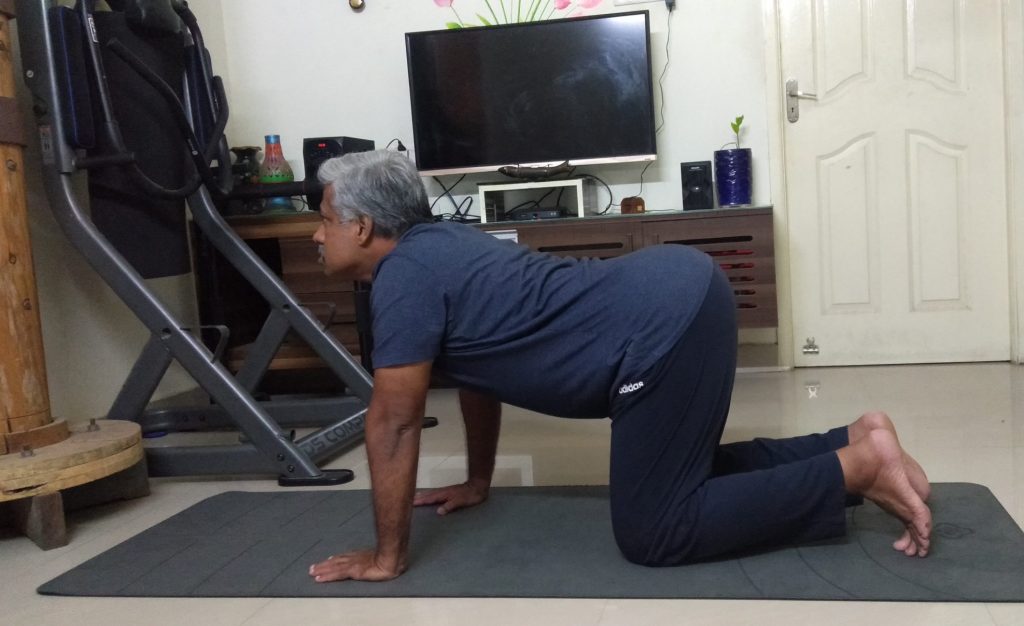
Other Benefits of Cow Pose
- Cow Pose promotes blood circulation
- It boosts performance of abdominal organs
- It is an excellent yoga pose for menstrual pain relief.
- Cow Pose co-ordinates body and mind.
- It is an effective yoga pose for stress relief.
Instructions
Let us see how to do Cow Pose.
- Go on your fours. Your wrists should be aligned to your shoulders and your knees to your hips. Your head should be aligned to your spine so you can look at the floor.
- Inhale as you press your chest forward, lift your seat upwards and lower your tummy in a slow movement. Your back should have a good curve.
- Lift your face and look straight when you press your chest is gently pushed forward.
- Exhale as you keep your back straight. Repeat the same for 10 to 20 times.
Note
Place a blanket under your knees in case of knee pain.
Those with severe problems in wrists, knees and back should refrain from practicing the pose.
Those with severe neck pain can perform the pose keeping their neck straight.
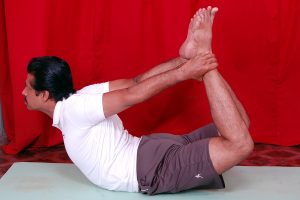
Yoga Pose for Day 19 – Bow Pose (Dhanurasana)
Bow Pose can be performed as a counter pose for Cow Pose. The pose is performed lying down. It strengthens the spine and improves spine flexibility.
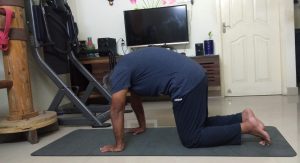
Yoga Pose for Day 17 – Cat Pose (Marjariasana)
The Sanskrit term ‘marjari’ means ‘cat’. The pose resembles the relaxed stretching of a cat and hence the name. The pose, though simple, has immense benefits. Cat Pose balances the body and mind,
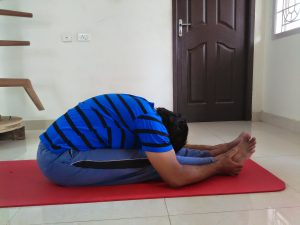
Yoga Pose for Day 16 – Seated Forward Bend (Paschimottanasana)
Seated Forward Bend can be performed as a counter pose for both Cobra Pose and Sphinx Pose. ‘Paschima’ in Sanskrit means ‘west’ and ‘uttana’ means ‘intensive stretching’ - stretching the back of the body, that is bending the front part of the body in a seated position. In this pose, the backside of the body, in particular the spine, is stretched forward. This stimulates
